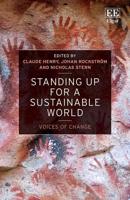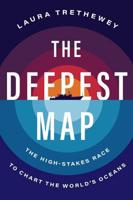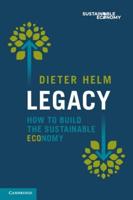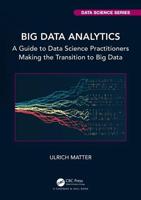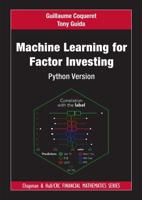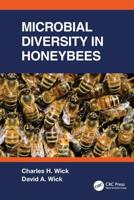Publisher's Synopsis
The floodplain forest of the Amazon is the last major agricultural frontier of the Americas. This unique habitat, inundated in some places to a depth of thirty feet a year, contains a marvellous variety of plant and animal resources that inhabitants have long reaped--fruit, nuts, building materials, fuelwood, and medicinal plants. While the floodplain has great potential for food production, its natural resource base is becoming increasingly threatened by ranching and agricultural expansion and impaired by inappropriate land-use practices. This important book, based both on field observations carried out over the past quarter century and historical material, demonstrates that knowledge possessed by area dwellers offers vital insights for promoting the sound economic development of the floodplain. Nigel Smith argues for the importance of balance between land-use systems, and suggests that research and development should be realigned to incorporate both modern science and traditional systems. Beautifully illustrated with the author's own photographs, this authoritative volume explores a broad range of ecological, historical, cultural, and socioeconomic issues, and offers practical suggestions for developing the floodplain that enhance, rather than destroy, biodiversity.


